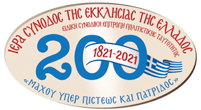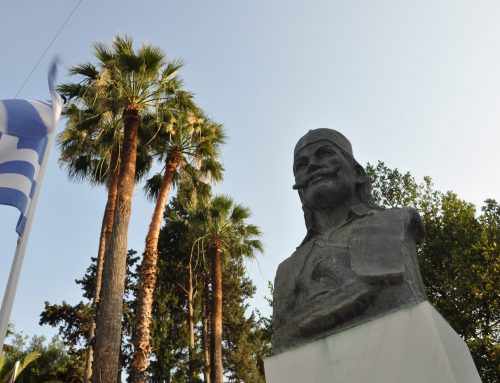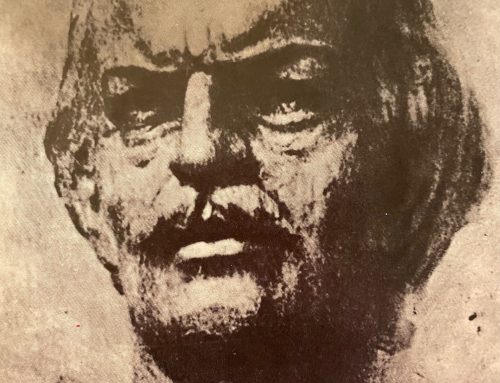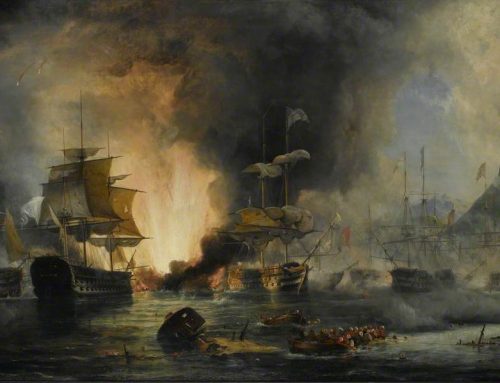On May 29 we honour those fallen in the Fall of Constantinople to the Ottomans 568 years ago. However, the fall of the Byzantine Empire, the Eastern Romanian Empire, did not occur in 1453 but in 1204 during the 4th Crusade. It was as if the Turks had found a bodiless head, a Constantinople with no inland. In that year, 1204, we also detect the spiritual rebirth of Hellenism through the statelets of Nicea, Trapezous and Epirus (the Despotate).
This rebirth was due to the consciousness of the diachronic continuity of Hellenism. It is useful to remember it now that we celebrate the bicentenary of the outset of the Greek Revolution. From 1204 to the Cyprus Struggle of 1955-59 it was the faith in the continuity of Hellenism that kept us standing. We may have gone through captures, slavery, crucifixion, martyrdom, conquerors, struggles in war times or peace times; we may have betrayed or undermined, but we survived, because we believed in God, our History, our past and future.
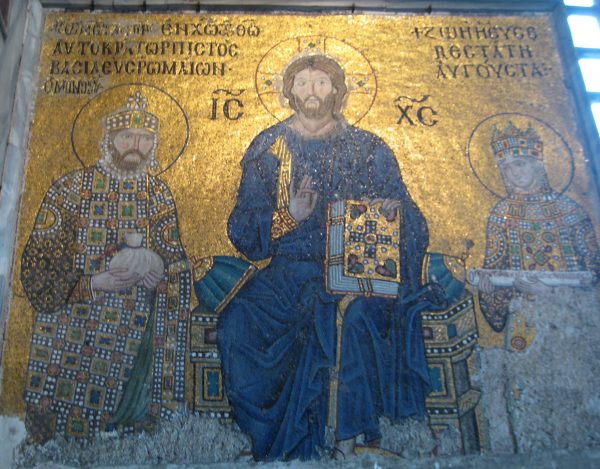
Already in 1204, this faith in the continuity of Hellenism was expressed by the Emperors of Nicea. Theodoros Laskaris I, Ioannis Doukas Vatadzis, Theodoros Laskaris II. The Thracian Vatadzis’ answer to Pope Gregory IX in 1237 constitutes an unrivalled lesson of dignity and history. The leader of a small state of the ruined Hellenism replies to the powerful Pope of that time. Thus, the merciful and pious Orthodox Emperor argues that he himself and his subjects come from the ancient nation of the Greeks “whose wisdom flourished” over the entire world and that most Byzantine Emperors were Greek too. Moreover, he adds that the Greeks were given Constantinople by Constantine the Great and that, faithful in our history and tradition, we shall fight to liberate Constantinople.
This conviction in the continuity of Hellenism gave strength to our ancestors following the Fall of Constantinople to the Ottomans. Even though, alternatively, we use the names Roman, “Grækos” and Hellene, we have never lost our national consciousness which has been inextricably intertwined with the Orthodox Church. Faith in the diachronic course of the Nation was amplified through readings such as the Chapbook of Alexander the Great and the Achilleid (a hymn to the exploits of Achilles), through the persistence in the Greek language, through the depictions of ancient Sages in the pronaos of many churches, through poems and folk songs, through sermons and speeches of learned men. The continuity of Hellenism inspired Rigas, the klephts (highwaymen) and armatoloi (irregular militia, anti-Ottoman insurgents), the declarations and Constitutions of 1821, Dionysios Solomos who urges the Three-Hundred of Leonidas to rise and join us.
When the British Admiral Hamilton asked of Kolokotronis that the Greeks sign a treaty with the Turks, in other terms that the Revolution cease, the Old Man of the Morea replied that he would not capitulate, because “our King did not make a treaty, either”. Kolokotronis felt himself to be a continuator of Constantine Palæologos. The haughty reply of the last Emperor to Muhammad the Conqueror constituted the moral grounds of the survival of Hellenism during the Turkish Rule. The “NO” of Constantine Palæologos lies in the foundations of 1821. Constantinople may have fallen, but the Orthodox Hellenism survived thanks to the assistaance of the Church.
Photograph from the interior of the church of Hagia Sophia.
